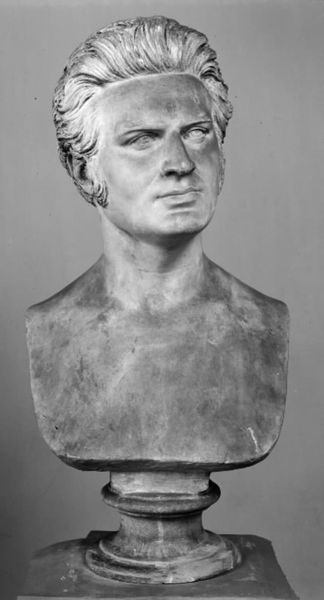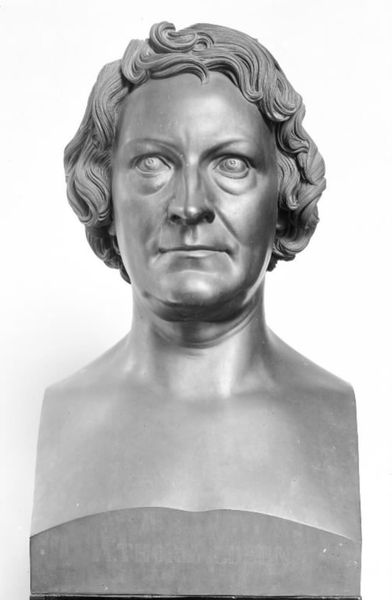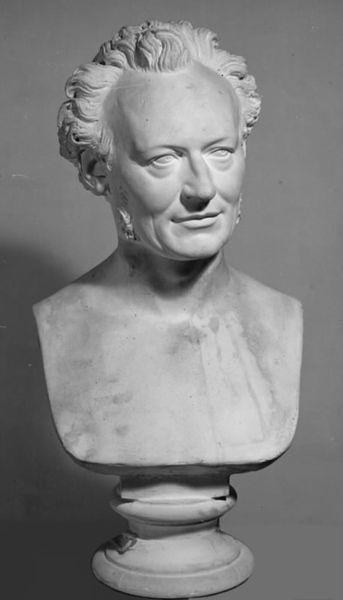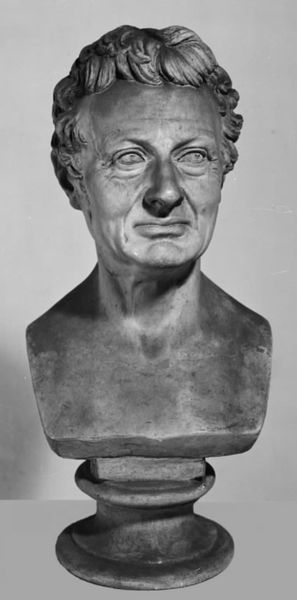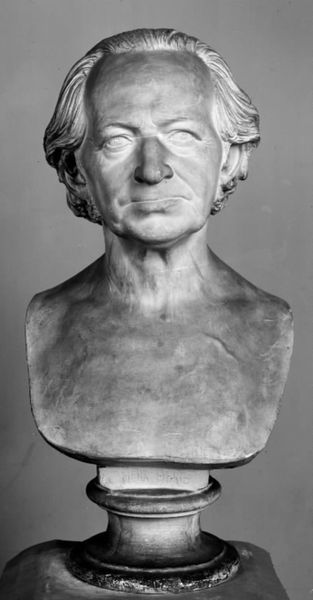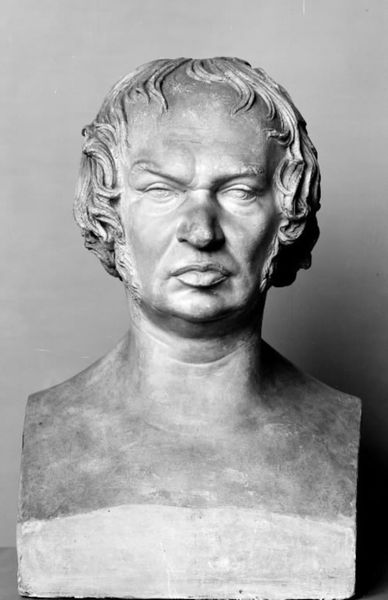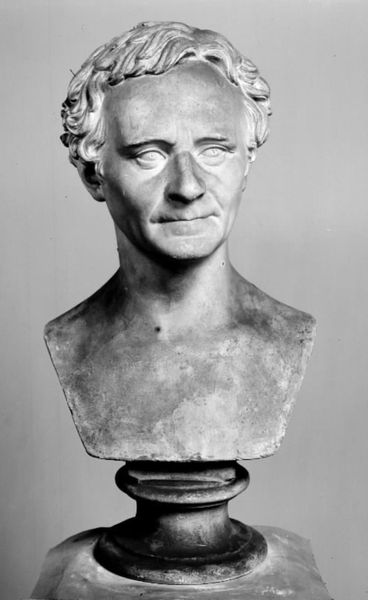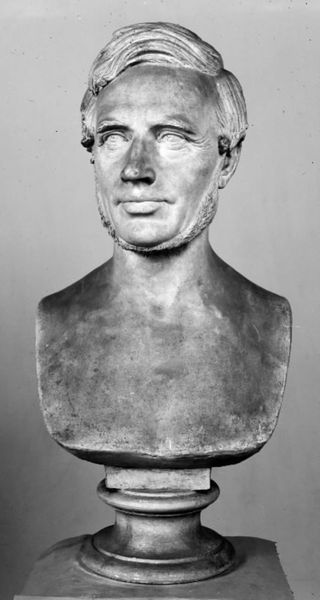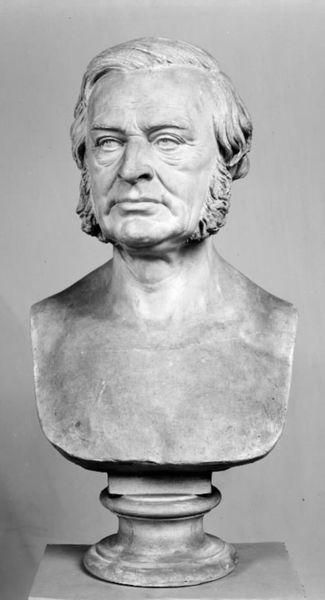
sculpture, marble
#
portrait
#
neoclacissism
#
sculpture
#
sculpture
#
marble
Dimensions: 71 cm (height) (Netto)
Editor: This bust of J.H. Thomander, the Swedish bishop, was created in 1860 by H.W. Bissen from marble. I'm struck by how real it feels despite being stone. What aspects stand out to you? Curator: Consider the economics and labour involved. Who paid for the marble? Who quarried it? Skilled artisans painstakingly carved this bust using specific tools. Each choice reflects the material conditions of its making. What does that tell us about the subject's social standing, and the resources dedicated to commemorating him? Editor: So, instead of focusing just on its artistic value, you're suggesting we consider the process and what that reveals? Curator: Exactly. Think about the accessibility of marble at the time. It's not like picking up clay from your backyard. The sheer labor involved speaks to a social hierarchy. The polished finish also speaks volumes. What does that degree of finish indicate in the broader culture and era? Editor: That makes me see it in a whole new light. I guess I had previously ignored where the stone came from, and the expertise involved. Curator: Bissen clearly demonstrates masterful sculpting techniques, but what statement is he making, about labor itself, or about the role of art in portraying power and prestige? Were these materials typically used in the Bissen's studio? Editor: I now realize how naive my first impression was, the process and materiality speak of status and more than just the aesthetics, there is a complete commentary on 19th century Swedish society that went straight over my head. Curator: Indeed. Materiality always speaks. It's a reminder to examine not just what we see, but how it came to be.
Comments
No comments
Be the first to comment and join the conversation on the ultimate creative platform.
